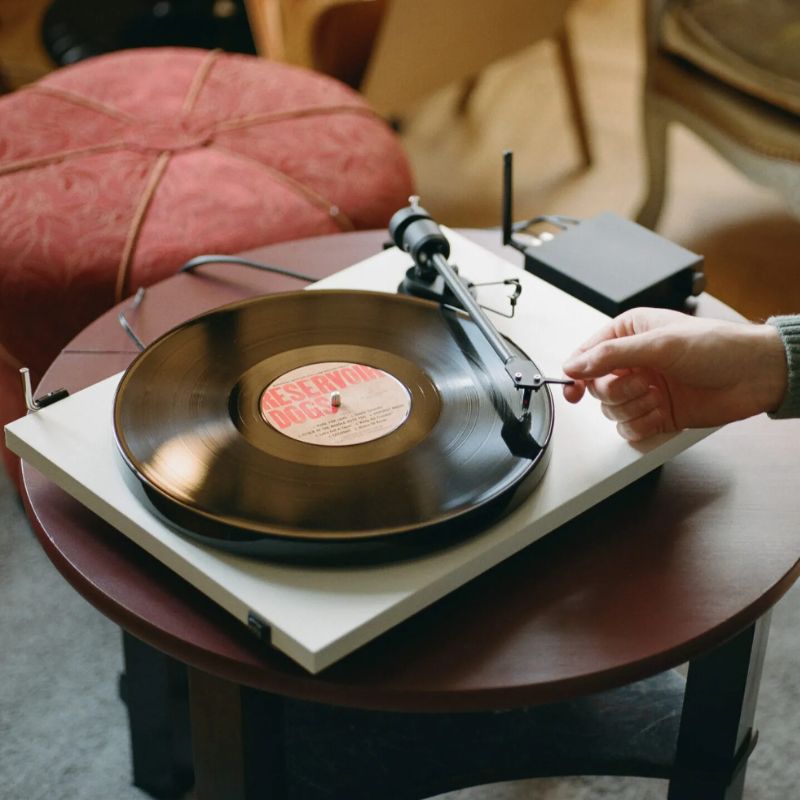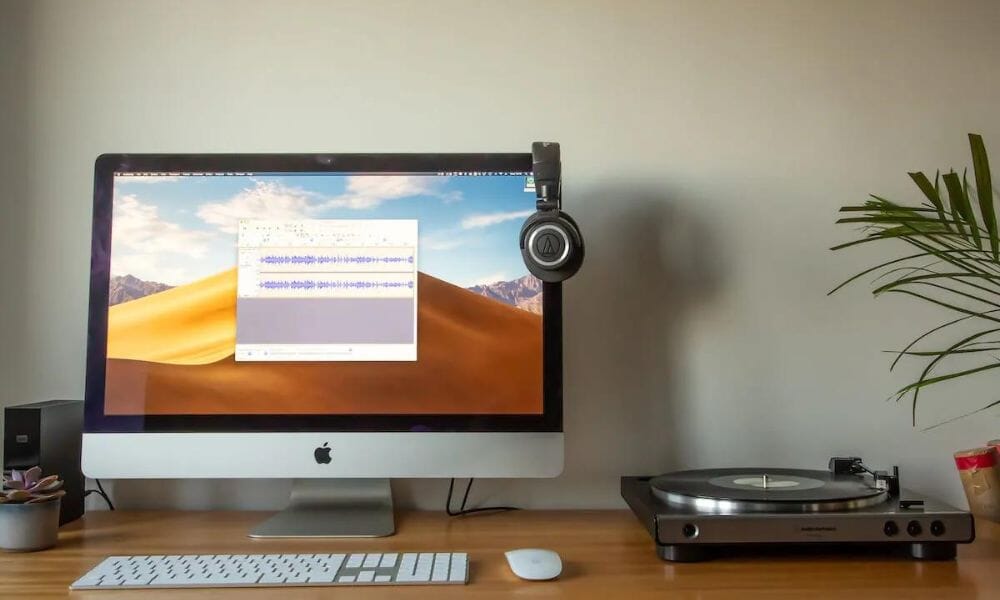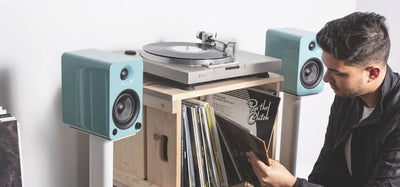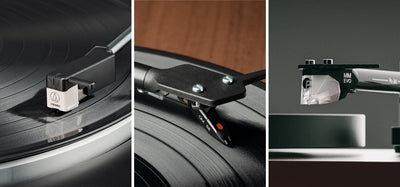In the grand scheme of things, one might wonder why on earth would anyone want to record vinyl records to USB/MP3?
The whole point of vinyl is to enjoy that analog sound quality and the experience that comes with it.
Well the answer is as multifaceted as a well-cut diamond, and just as sparkling.
So, buckle up and prepare for a journey into the world of vinyl conversion, where old meets new in a harmonious symphony of sound.
The Charm of Vinyl
Let's start with a bit of nostalgia, shall we?
Vinyl records, with their large, grooved discs and distinctive covers, have a certain charm that digital music simply can't replicate.
There's something incredibly satisfying about the ritual of placing a record on a record player, gently lowering the needle, and hearing that first crackle before the music begins.

However, vinyl records are not the most convenient form of music.
They're bulky, easily damaged, and require a specific device to play.
Not to mention, they're not exactly portable. You can't exactly pop a vinyl record into your pocket and head out for a jog, can you?
The Convenience of Digital Music
Enter digital music.
With the advent of MP3s and streaming services, music has become more accessible than ever.
You can carry thousands of songs in your pocket, listen to them wherever you go, and never have to worry about them getting scratched or damaged.
But while digital music offers convenience, it often lacks the warmth and depth of sound that vinyl records provide.
Read More: Do Record Players Sound Better Than Digital Streaming?
This has led to a resurgence in vinyl popularity, with many music lovers seeking to combine the best of both worlds by converting their vinyl records to digital formats.

Why Convert Vinyl to Digital?
Recording vinyl records to USB or MP3 has become a popular practice for several reasons:
-
Preserving Rare or Out-of-Print Records: Vinyl records, especially rare or out-of-print editions, may become damaged over time or are difficult to replace. Converting them to digital formats provides a backup and ensures that the music can still be enjoyed even if the physical record is no longer playable.
-
Portability & Accessibility: Digital files are highly portable and can be easily stored, transferred, and played on various devices such as computers, smartphones, and digital audio players. This makes it more convenient for people who want to enjoy their vinyl collection on the go.
-
Convenience of Playback: Playing vinyl records requires a turntable and a stereo system, which might not be as readily available or convenient as digital devices. Converting vinyl to digital formats enables playback on a wider range of your devices without the need for a dedicated vinyl setup.
-
Editing & Customisation: Once in digital format, audio files can be edited and customised using various software tools. This includes the ability to remove pops, clicks, and other imperfections, as well as the option to create playlists or mix tracks.
-
Integration with Digital Libraries: Many people maintain digital music libraries, and converting vinyl records to digital allows for easy integration with existing collections. This is particularly relevant in the era of digital music streaming services.
How to Convert Vinyl to Digital
Now that we've covered the why, let's move on to the how.
Converting vinyl to digital may sound like a daunting task, but with the right tools and a bit of patience, it's actually quite straightforward.
First, you'll need a USB turntable with an output for a USB cable.
This allows you to connect the turntable directly to your computer ready to record using free software.
Note: Some turntables allow you to record directly to a USB stick without additional software.

Next, you'll need recording software. There are plenty of free options available such as Audacity, which is easy to use and offers a range of editing features.
Once you've got your setup ready, it's simply a matter of playing your record and recording the output.
After that, you can edit the recording to remove any unwanted noise and split the tracks.
Finally, save your recording as an MP3 file, and voila!
You've successfully converted your vinyl record to digital.
Final Thoughts
So there you have it, the ins and outs of why and how to convert vinyl records to USB/MP3.
It's a wonderful way to preserve your music collection and enjoy your favourite tunes wherever you go.
Plus, it's a fun project that combines the old with the new in a unique and satisfying way.
Whether you're a vinyl enthusiast looking to take your music on the go, or a digital music lover seeking the warm sound of vinyl, converting vinyl to digital offers the best of both worlds.
So why not give it a go?





